Movie Review – V For Vendetta
Principal Cast : Natalie Portman, Hugo Weaving, Stephen Rea, Stephen Fry, John Hurt, Tim Pigott-Smith, Rupert Graves, Roger Allam, Ben Miles, Sinead Cusack, Natasha Wightman, Imogen Poots, John Standing, Eddie Marsan, Clive Ashborn, Guy Henry.
Synopsis: In a future British dystopian society, a shadowy freedom fighter, known only by the alias of “V”, plots to overthrow the tyrannical government – with the help of a young woman.
********
Released in 2006, V for Vendetta, directed by James McTeigue and adapted from the graphic novel by Alan Moore and David Lloyd, is a cinematic nuclear explosion-equivalent that seamlessly combines an exceptional script, impeccable direction, and outstanding acting. This dystopian thriller is a thought-provoking and visually stunning film that leaves a lasting impact on the viewer, not the least thanks to Hugo Weaving’s memorable vocal intonations of this impossibly dense script.
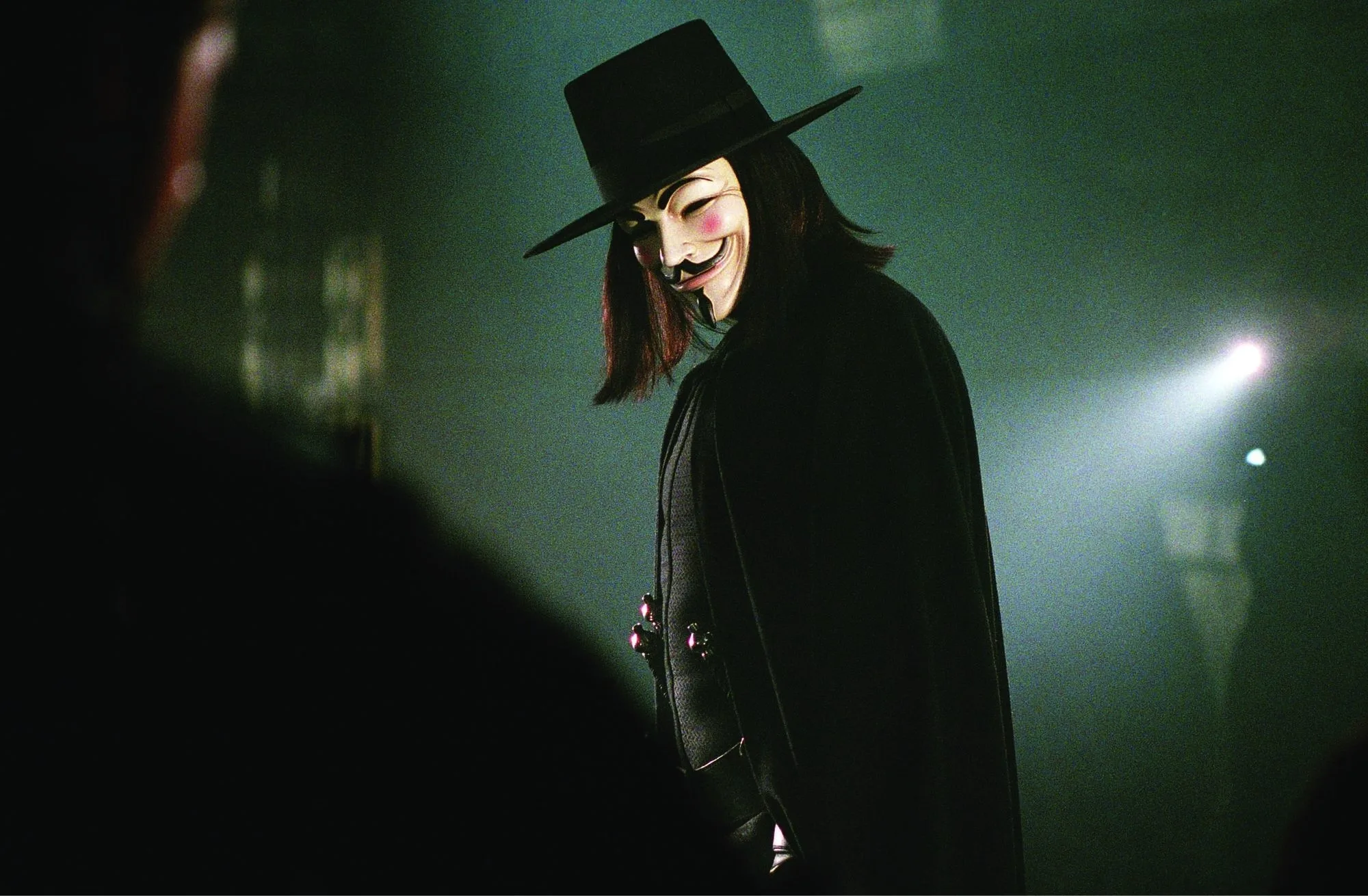
Set in a totalitarian UK future where a masked vigilante, V, seeks to overthrow a repressive government in a bleak and oppressive London, the story opens with Evey Hammond (Natalie Portman), an ordinary young woman, being rescued from a group of corrupt law enforcement officers by the enigmatic V (Hugo Weaving) donning a Guy Fawkes mask. Evey, initially terrified, becomes entangled in V’s mission, which is centered around dismantling the oppressive regime led by Chancellor Adam Sutler (John Hurt). V is a charismatic and intelligent freedom fighter who employs theatricality and political symbolism to inspire the people of England to rise against their oppressive rulers. Using his impressive combat skills and an unyielding commitment to justice, he orchestrates a series of explosive and symbolic acts aimed at undermining the government’s authority. As Evey spends more time with V, she becomes an unwitting accomplice in his crusade and experiences a transformation from a timid civilian to a symbol of resistance. Meanwhile, Detective Finch (Stephen Rea) leads an investigation into V’s actions, seeking to unmask his identity and understand the reasons behind his vendetta. Throughout the film, Evey and V’s relationship deepens, and they are drawn into a dangerous game of cat and mouse with the government’s ruthless agents. As V’s grand plan reaches its climax, the people of England are faced with a choice: to embrace freedom and rebellion or to continue living in fear and oppression under the government’s watchful eye.
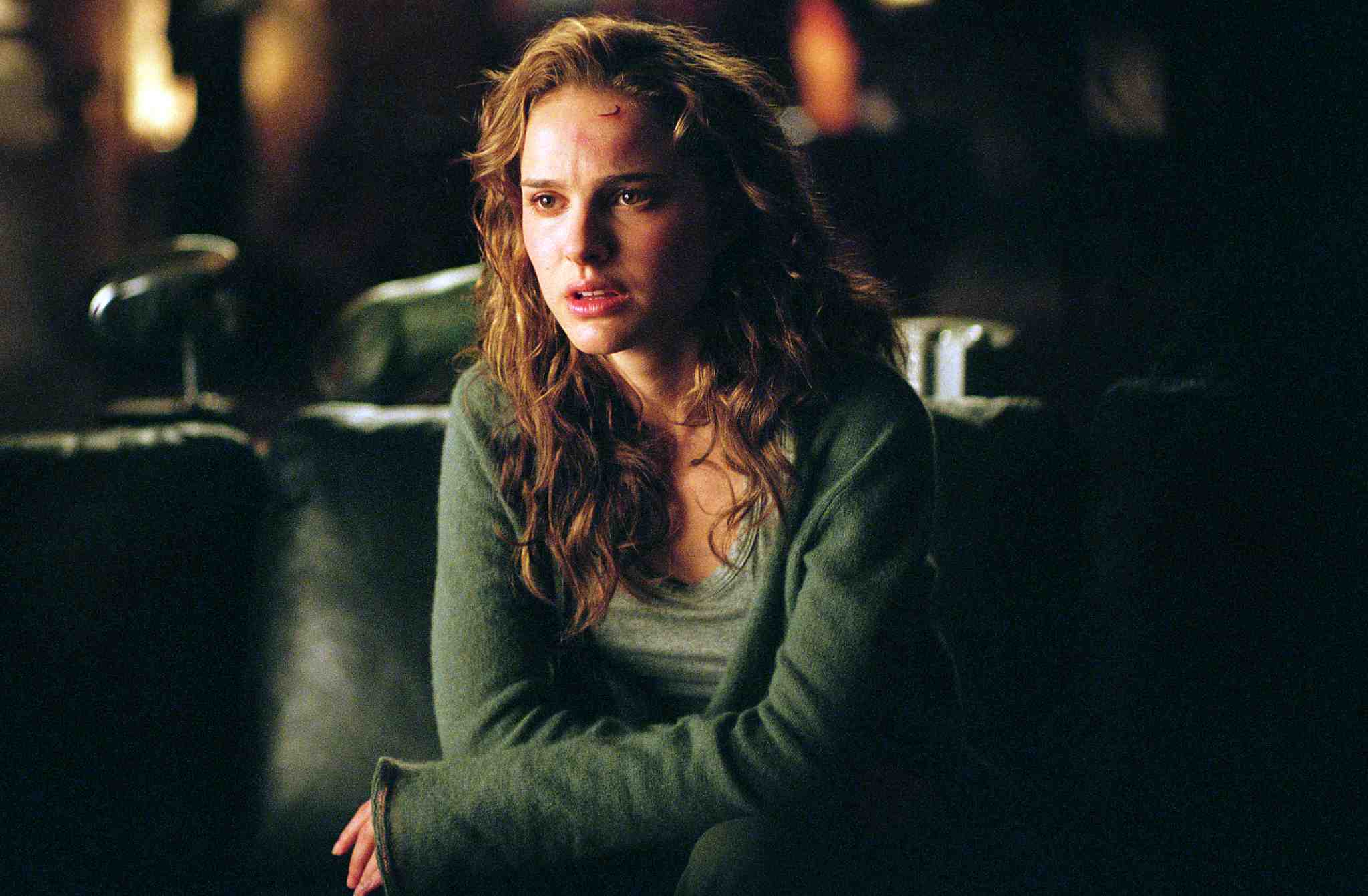
V for Vendetta is a story of individual courage and the power of ideas in the face of tyranny – apropos perhaps of the declining political standards perceived in Alan Moore’s native United Kingdom, and now even moreso across the globe. It explores themes of totalitarianism, the role of government, and the importance of personal freedom. The film’s plot weaves together elements of action, political intrigue, and character development to create a compelling narrative that challenges the audience to question the status quo and consider the consequences of living in a surveillance state. Written as an adaption by the Wachowski siblings, known for their work on The Matrix series, the script is a masterclass in storytelling. It takes the complex, politically charged themes from the source material and condenses them into a coherent, thought-provoking narrative. The film’s dialogue is both sharp and poetic, with V’s monologues being particularly memorable. They provide an engaging blend of intellectual depth and emotional resonance, challenging the audience to think deeply about the issues at the core of the story, such as totalitarianism, individual freedom, and the power of ideas.
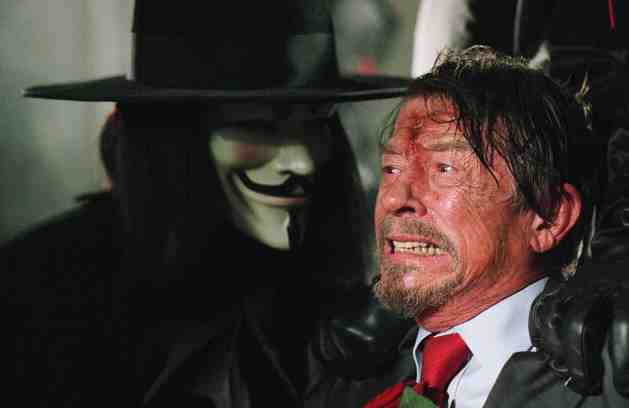
James McTeigue’s direction in V for Vendetta is nothing short of brilliant. He masterfully captures the bleak and oppressive atmosphere of the dystopian world while infusing the film with elements of a neo-noir thriller. The use of symbolism, such as the mask and the Guy Fawkes references, is particularly astute and contributes to the film’s lasting impact. McTeigue orchestrates action sequences with precision and finesse, most notably in the exhilarating fight scenes and the iconic finale, which is a breath-taking display of both action and emotion. His ability to balance the film’s thematic weight with its entertainment value is commendable, a nigh impossible task given Alan Moore’s work’s almost intractably opaque narratives.
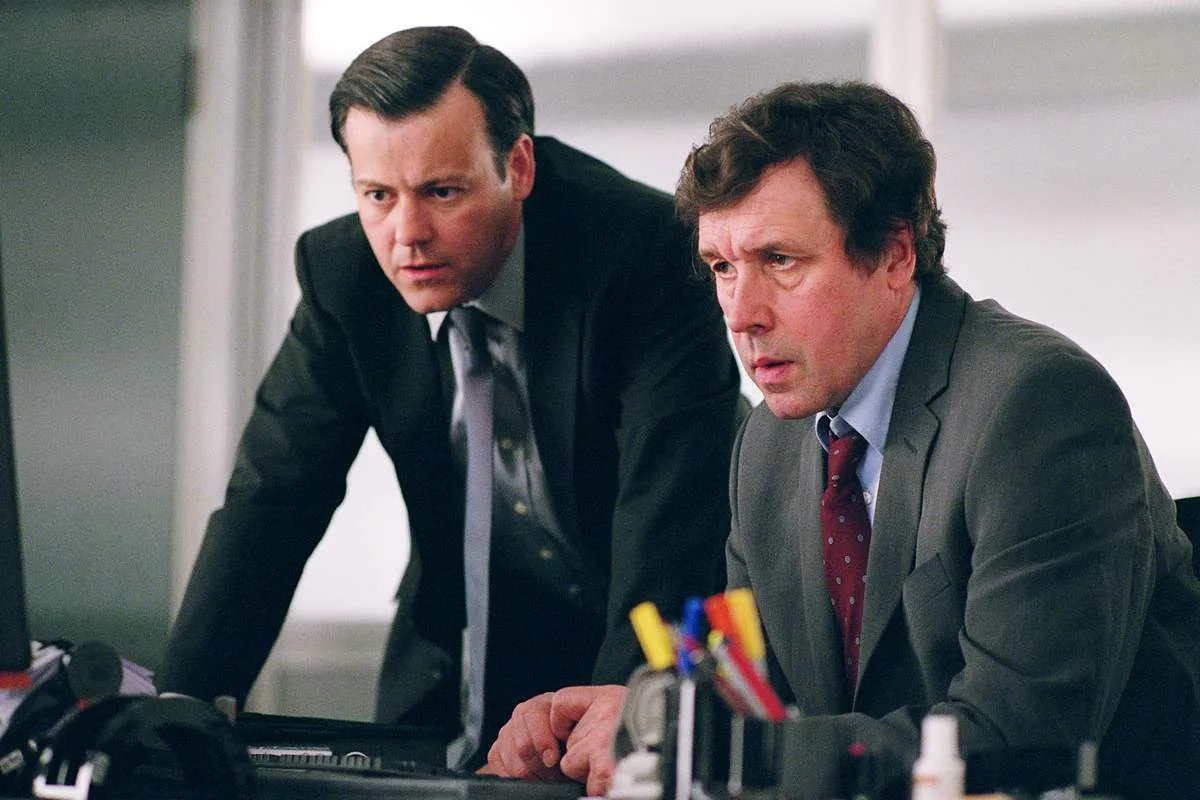
Comparably, the acting in the film is also top-notch, with Hugo Weaving and Natalie Portman delivering remarkable performances. Weaving, who never reveals his face due to his character’s mask, brings V to life with his immediately iconic voice, and somewhat sinister body language. He imbues V with depth, charisma, and a sense of moral ambiguity that keeps the audience guessing. Natalie Portman’s portrayal of Evey Hammond is equally impressive. She undergoes a significant transformation throughout the film, from a vulnerable young woman to a symbol of resistance, and Portman handles this evolution with grace and conviction. Their chemistry and the dynamics of their relationship are integral to the film’s emotional impact. The supporting cast, including Stephen Rea and John Hurt, also delivers exceptional performances that contribute to the film’s overall quality. John Hurt’s portrayal of Chancellor Sutler is chilling, embodying the embodiment of a totalitarian leader.
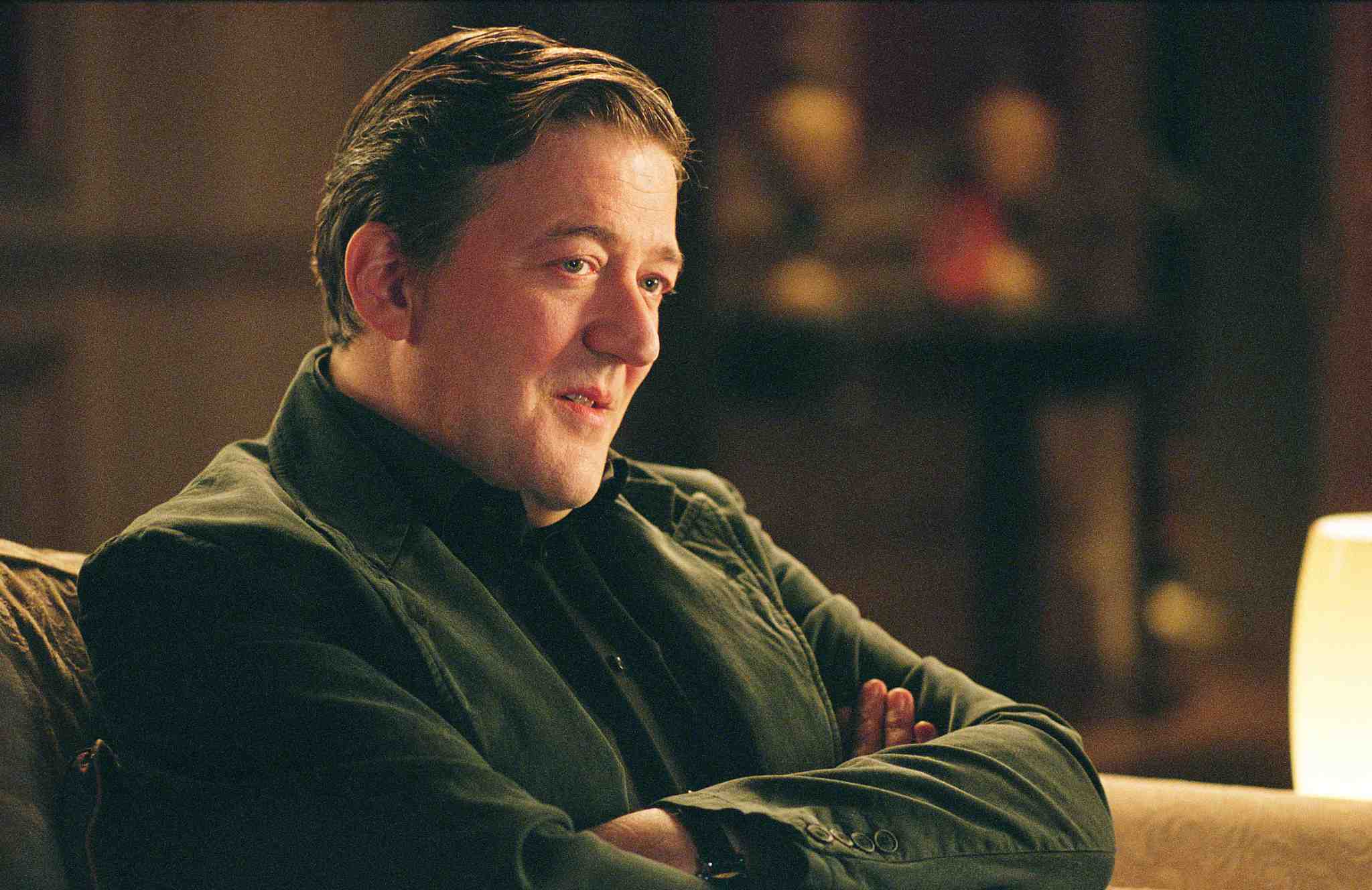
Much has been made in the years since the film debuted of its deep resonance with a number of compelling themes. The film presents a dystopian London with a bleak and oppressive aesthetic. The colour palette is predominantly dark and muted, dominated by greys, blacks, and dark blues, which symbolize the government’s control and the suppressed emotions of the population. The city is shown as a place of surveillance, censorship, and fear, with towering government buildings casting ominous shadows over the streets. Consequently, visual symbolism is integral to the film’s narrative. The Guy Fawkes mask worn by V becomes a potent symbol of resistance and individualism. The mask, juxtaposed with the darkly lit and rain-soaked London streets, creates a visually arresting and mysterious image. The use of Guy Fawkes’ imagery ties the film to historical themes of rebellion and political dissent, while the use of light and shadow is prominent in the film’s visual direction. It’s notable how the contrasting elements of light and shadow are used to convey the duality of V’s character and his morally complex actions. The scenes where V orchestrates his explosive displays, often in slow motion, are particularly powerful, with cascades of fiery explosions and the shower of V’s iconic red roses creating a stunning visual spectacle.
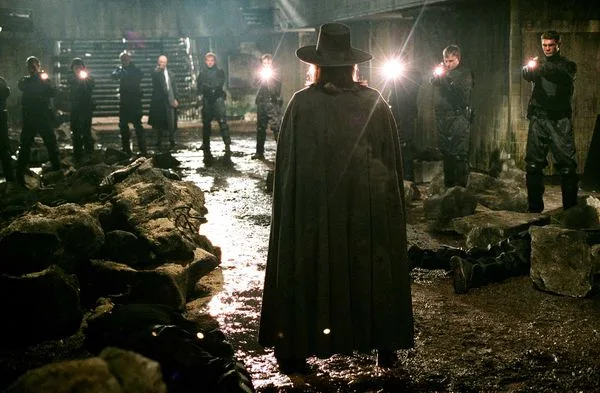
In my opinion, the film masterfully adopts a graphic novel’s aesthetic – similar in many ways to Robert Rodriguez’ similarly literary Sin City adaptation – which adds depth to the visual storytelling. The use of unconventional camera angles, stylized slow-motion sequences, and dramatic, highly detailed sets all draw from the source material. These elements contribute to the film’s overall visual distinctiveness and help convey the heightened reality of the story. The film effectively utilizes its visuals to establish a dark and foreboding tone. The constant presence of rain and the recurring use of night-time settings emphasize the oppressive and melancholic atmosphere of the film. The juxtaposition of political propaganda and oppressive government buildings against the backdrop of a gloomy, rainy city creates a sense of unease, aligning with the overarching themes of control and resistance.
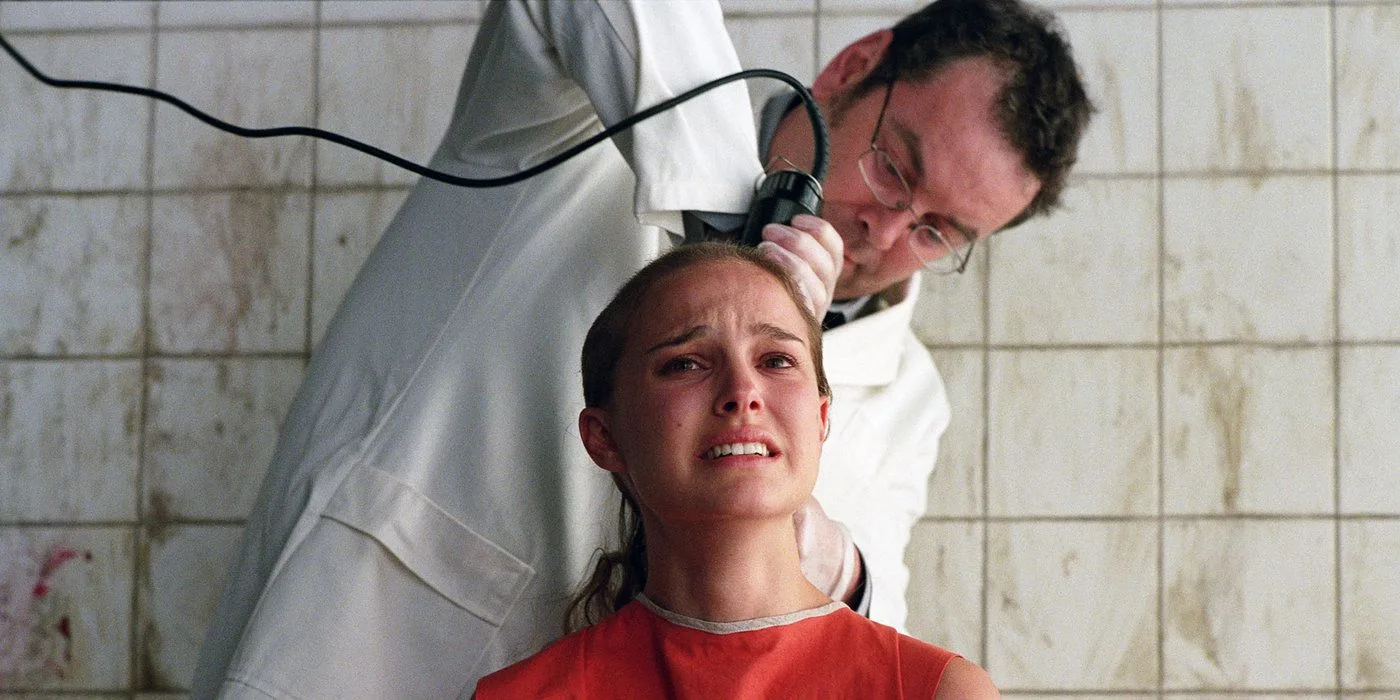
The characters in the film are also quite visually distinct, each conveying their roles and motivations through their appearance. V’s mask and attire, Evey’s transformation from vulnerability to strength, and the stark contrast between the citizens and the government officials all play a role in conveying the characters’ arcs and the narrative’s themes. The imagery used consistently reinforces its themes of totalitarianism, resistance, and the power of ideas. The visual representation of the state’s control mechanisms, such as surveillance cameras and oppressive architecture, mirrors the loss of personal freedom. In contrast, V’s explosive displays and the climactic crowd scenes where citizens don the Guy Fawkes masks visually signify the awakening of resistance and a collective yearning for change.
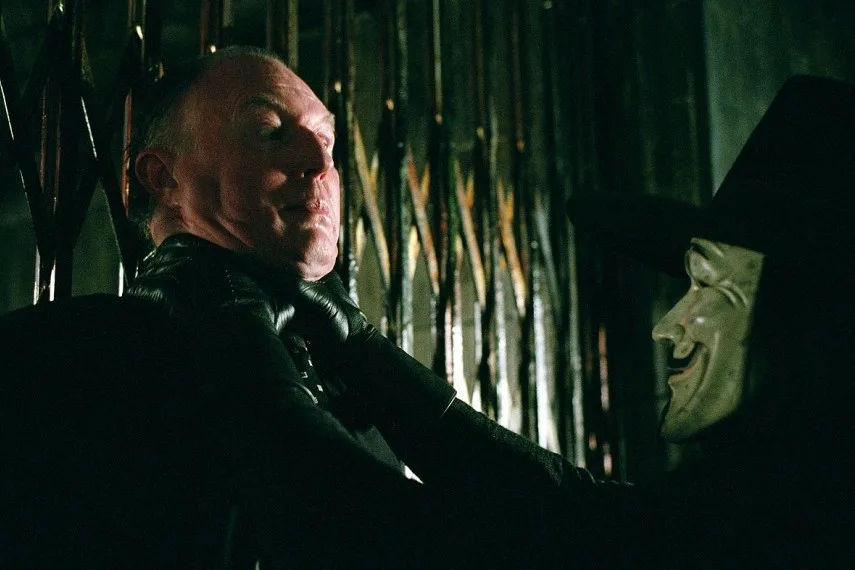
Not to be overlooked, the musical score for V for Vendetta by Dario Marianelli is a critical element that enhances the film’s emotional depth, atmosphere, and thematic resonance. The recurring themes, the emotional weight of “Valerie’s Letter,” and the orchestral grandeur during moments of tension and defiance make the music an integral part of the storytelling. It underscores the struggle for individual freedom, the clash of ideologies, and the power of love and resistance in the face of oppression. One of the most iconic moments in the film is the use of Tchaikovsky’s “1812 Overture” during V’s final act; as the explosives are set off, the music reaches a crescendo, symbolizing the explosion of resistance against the government. The use of this piece is a nod to Guy Fawkes’ Gunpowder Plot of 1605, creating a rich historical connection.
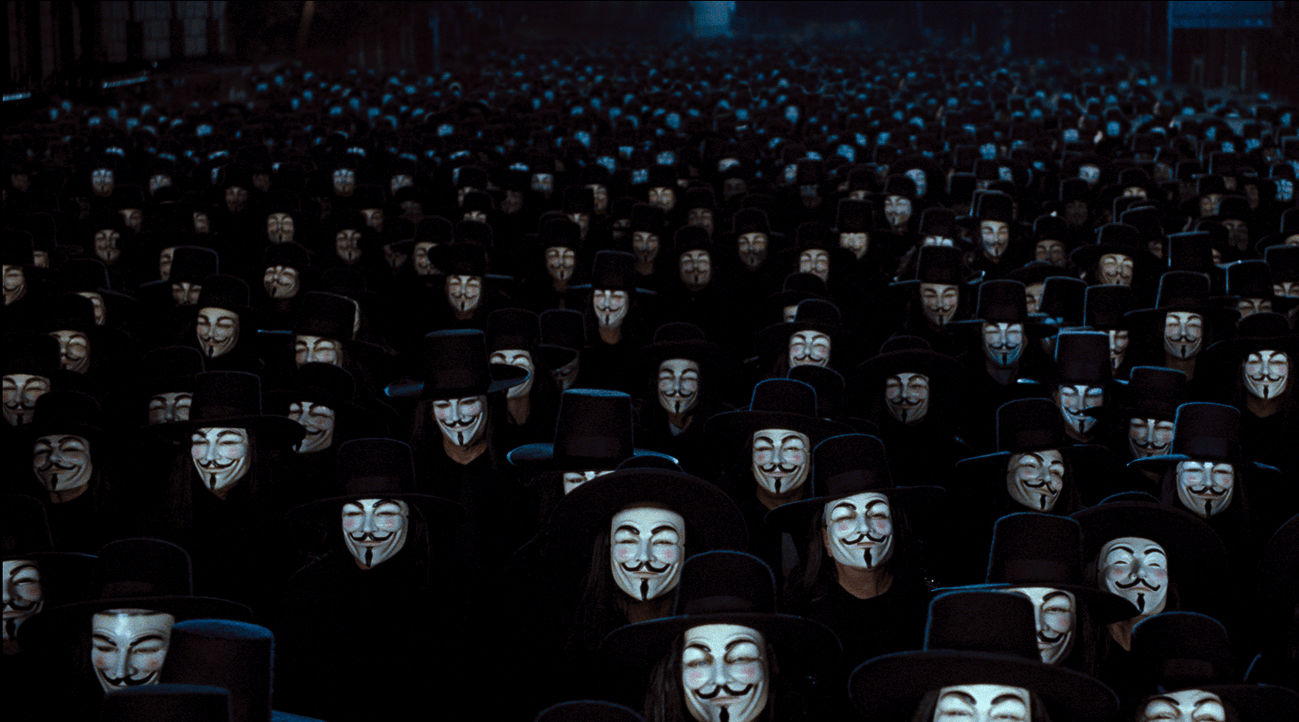
V for Vendetta is, to me, a film that transcends its genre, offering a deep and thoughtful exploration of political and societal issues while also providing thrilling action sequences and emotional resonance. Its script, direction, and acting are all stellar, making it a film achievement that continues to resonate with audiences even now. This film is not only a thought-provoking political allegory, but also a testament to the enduring power of cinematic storytelling when executed with skill and passion.
Note: This review was written by the author with assistance from Artificial Intelligence.

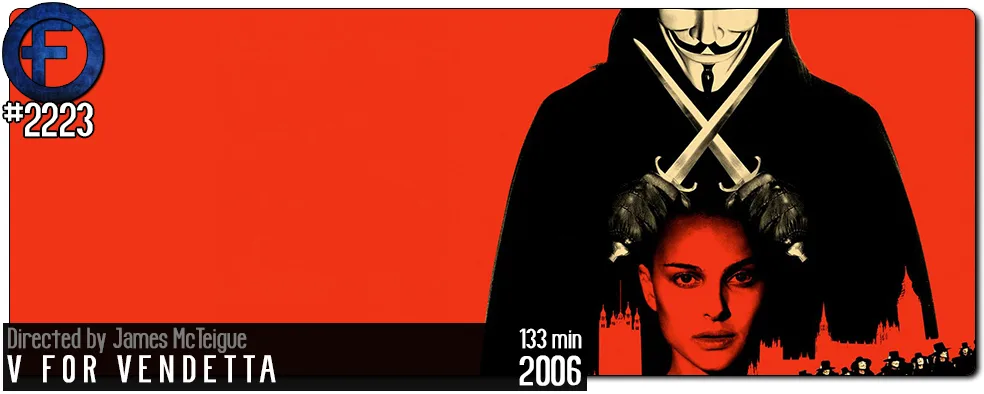
Great movie, inspirational and exciting. Well acted , stellar writing and casting